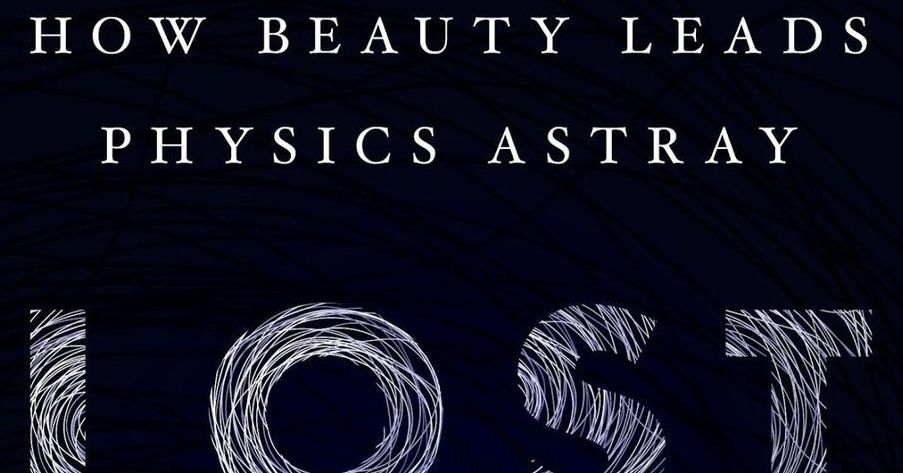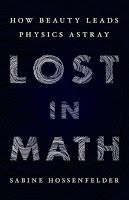In Plato’s “Apology,” the Greek philosopher quotes Socrates, who is having one of his famous discourses with another philosopher, as saying, “Although I do not suppose that either of us knows anything really beautiful and good, I am better off than he is — for he knows nothing, and thinks that he knows. I neither know nor think that I know.”
Sadly, the “Socratic Paradox” is not much taught in schools these days. And that’s a shame because Socrates — who was forced to drink a fatal dose of hemlock after being charged with not believing in “the gods of the state” — has much to teach us about the true nature of knowledge.
Some, though, appear to still be reading Socrates’ works. Like Marcelo Gleiser.







